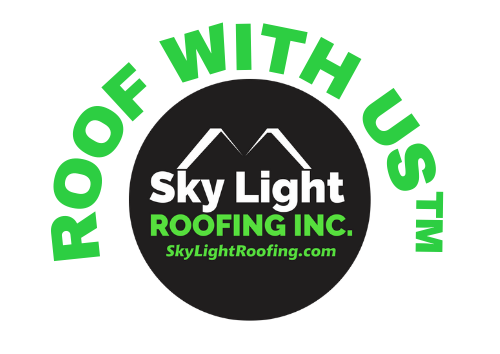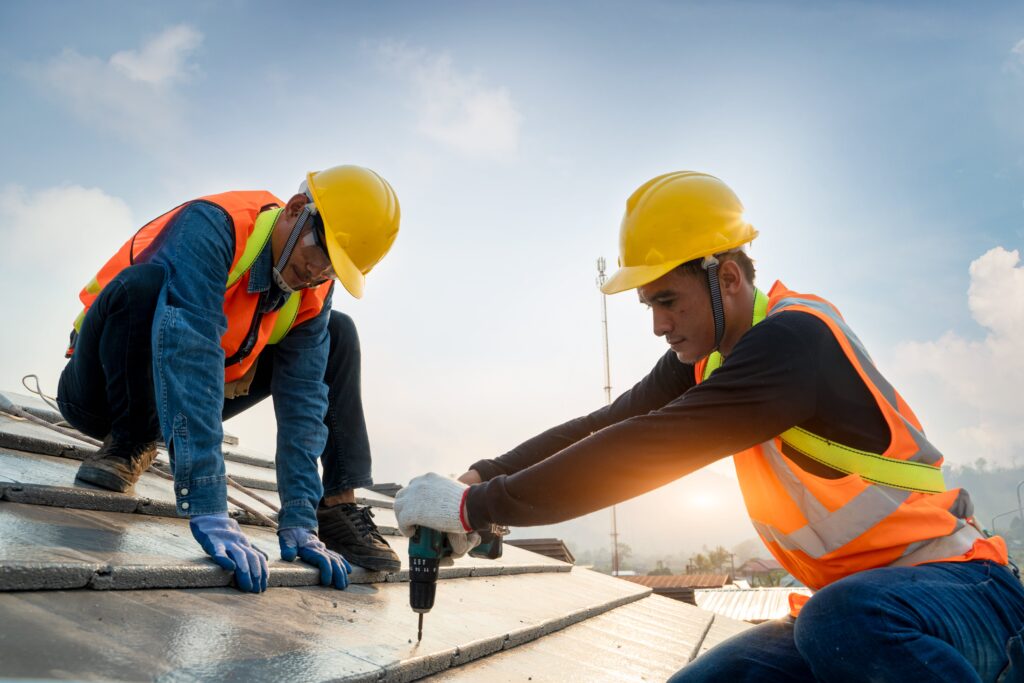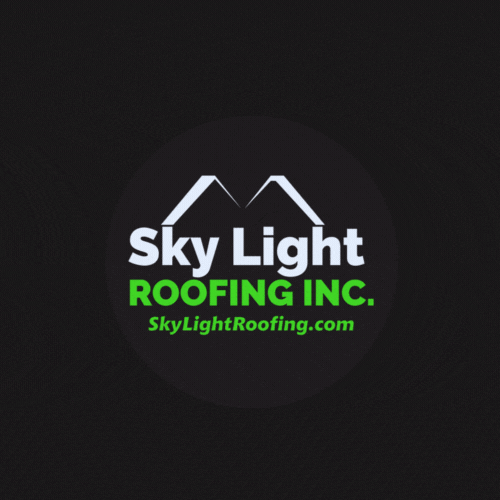Unlock the Secrets of the 5 Best Residential Roofing Materials: Your Ultimate Guide to a Stunning, Long-lasting Roof
When building, fixing, or replacing the roof of your home, the choice of the material significantly impacts not only the aesthetics but also the durability, weather resistance, and insulation of your roof.
In this guide, we delve deep into the five most popular residential roofing material options. We’ll explore the aesthetic attributes of each, understand their key strengths, and highlight important considerations for your decision-making process. The materials under our spotlight include:
- Asphalt Shingles
- Metal Roofing
- Clay Tiles
- Wood Shingles
- Slate Shingles
Asphalt Shingles
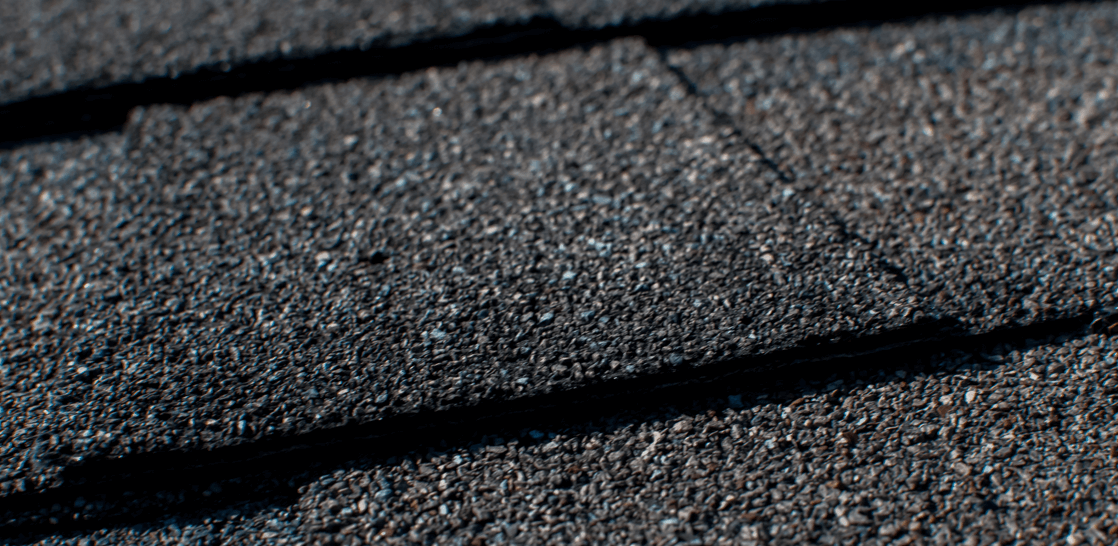
Image provided free for use on Wikimedia
Asphalt shingles are one of the most common residential roofing materials available. They are made from fiberglass or paper base layers that are then coated with asphalt and granules of ceramic. The ceramic shards provide these shingles with their distinct look.
Why choose asphalt shingles for your home?
- Asphalt shingles are affordable: Asphalt shingles have one of the lowest costs-per-square foot. Even for the lower price, they are effective at weatherproofing and can last a long time.
- They have a reasonable lifespan: These shingles can last anywhere from 20 to 40 years. Premium shingles with thicker bases and better materials may last significantly longer than entry-level shingles.
- Asphalt shingles are highly customizable: Shingles can be painted any color. They can also be cut into custom shapes to give your roof the look you want.
Asphalt shingles can be an excellent solution for many homes, but they have some limits that should be considered. For instance, there are shingles with a much longer lifespan, and asphalt shingles can have problems gripping roofs that are sharply inclined.
Metal Roofing
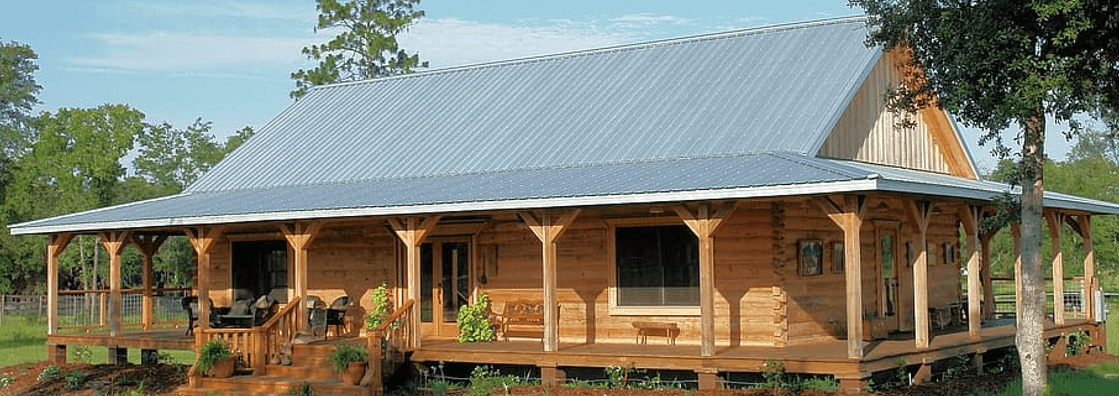
Image provided free for use on PXFuel
Metal roofing has a long history. It is still popular today, due to some interesting advantages. This roofing system is a common choice for people building rugged homes such as country homes, cabins, and hunting lodges.
Why choose metal roofing for your residential roof?
- Metal roofing is durable: Metal roofing systems can easily last for 70 years. Ones designed for durability can easily last over 100 years.
- Metal roofing works with most roofing designs: Metal roofing can be installed on nearly any roof shape or slope. You can get metal roofs as overlapping panels or as shingles.
- Metal roofs can be more efficient: Metal roofs can have both insulating and light-reflecting properties. Some types of metal roofing may lower your cooling bills.
Metal roofs have some limitations worth considering. For one, they are more expensive than most other types of roofing systems. Installing metal roofing can cost two to three times as much as installing an asphalt tile roof.
Clay Tiles

Image by islandworks of Pixabay
Clay tile roofing has existed since the times of the ancient Greeks. These tiles are still used to add authenticity and classic styling to Mediterranean and Spanish-inspired homes throughout the world. Even without modern frills, these tiles are highly effective. They are respected for their longevity, low maintenance, and other advantages.
Why choose tile roofing for your residential roof?
- Strong wind resistance: Layered clay tiles are heavy and strong. They can resist high winds more effectively than some other kinds of roofing systems.
- Clay tiles don’t rot or host insects: Clay tiles are resistant to most natural forces that cause wear. They do not provide a food source to insects, and they do not rot. Additionally, they do not expand or contract in response to temperature extremes. With other roofing systems, extreme weather events may result in maintenance and repairs.
- Clay tile has a Class-A fire rating: Clay tiles are generally non-combustible. They have a Class-A fire rating, marking them as one of the materials most resistant to fires.
As a more premium material, clay tile roofing can have some high costs. You may also have to modify the frame of your existing home if you want a clay roof. Clay tiles are some of the heaviest shingles available. Not all homes are designed to handle the weight.
Wood Shingles
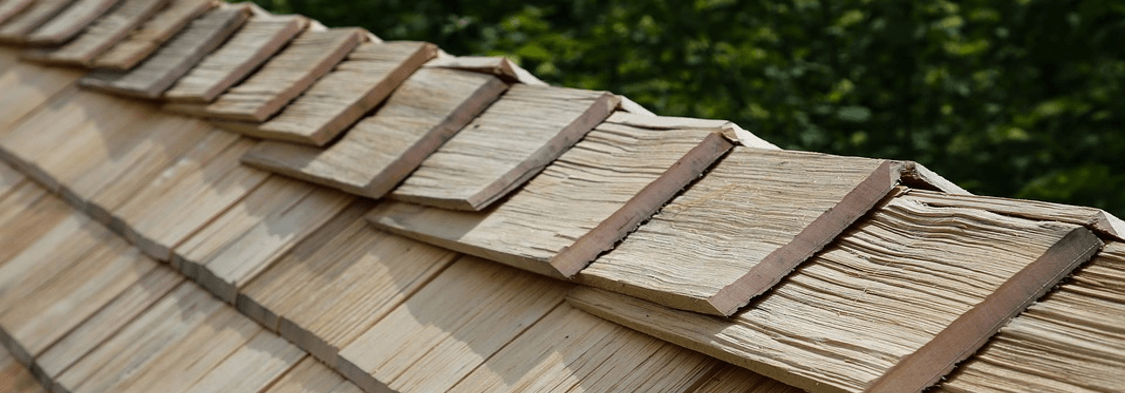
Image by Fruehlingswiese of Pixabay
Wood shingles are produced from hardwoods, including cedar, cypress, or pine. These shingles are prized for their distinctive look and are known to have a lot of interesting advantages. Different types of wood may have different properties. The advantages below apply to cedar, one of the most popular types of wood roofing.
Why choose wood roofing for your residential roof?
- Cedar is naturally insulating: Cedar shingles have been found to provide up to twice the insulation as some asphalt shingles in some studies. They may help you control heating and cooling costs.
- Cedar is effective against insects: Some natural roofing material options are prone to insect infestation. Cedar naturally repels many types of insects, including some that might use a roof for a colony.
Wood shingles have some limitations. They tend to be more expensive than many other roofs. They are also subject to shortages and may not be available at all times. They don’t have the fire resistance of other roofing materials like metal and clay.
Slate Shingles

Slate is another ancient roofing material option that is still respected for its high-performance today. Slate shingles are not manufactured composites. They are cut directly from stone and chipped to fit the right size for shingles. There are a few reasons this material lives on.
Why choose slate roofing for your residential roof?
- Slate is highly resistant to inclement weather: Like clay tiles, slate tiles do not expand or contract in response to high heat or cold temperatures. They are also highly resistant to shock compared to other roofs. They can survive to hail up to 4” in size.
- Slate is one of the longest-lasting materials available: Slate roofs can survive for up to 125 years. Higher-quality hard slates may last as long as 200 years.
You should consider the limitations of slate before you install your new roof. This material can be expensive to install. It can be difficult to find roof repair companies that understand how to maintain slate properly.
Find the Right Roof for Your Residential Home
With an array of choices for your residential roof, including asphalt, metal, clay tiles, wood shingles, and slate shingles, the decision can seem overwhelming. Each brings unique advantages and a set of considerations. However, be it a budget-friendly or premium choice, the longevity of your roof is largely dependent on the quality of the materials used. As you weigh your options, we invite you to reach out to our team of seasoned experts who can guide you toward a choice that aligns with your needs, preferences, and budget. For insightful advice and expert recommendations, feel free to ‘contact us‘. Remember, your decision today will shape your home’s protection for years to come—so choose wisely, and ‘Roof With Us™’.
Featured Image by shutterstock.com
